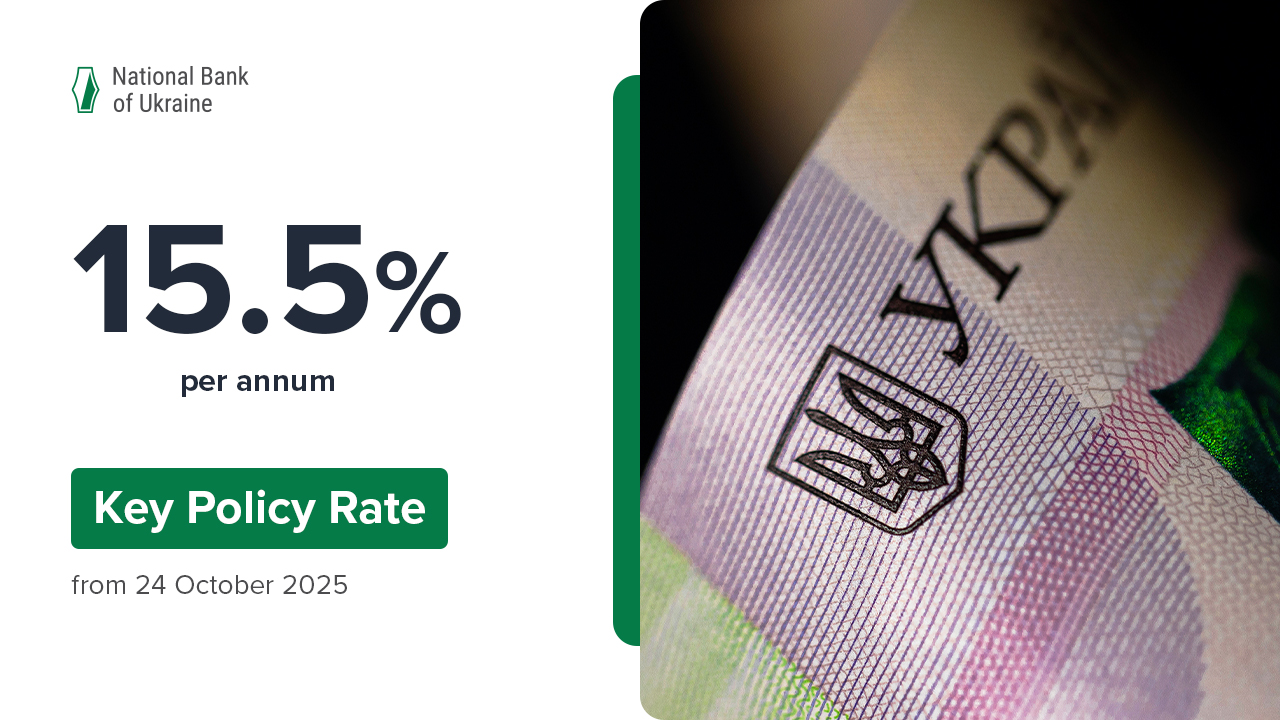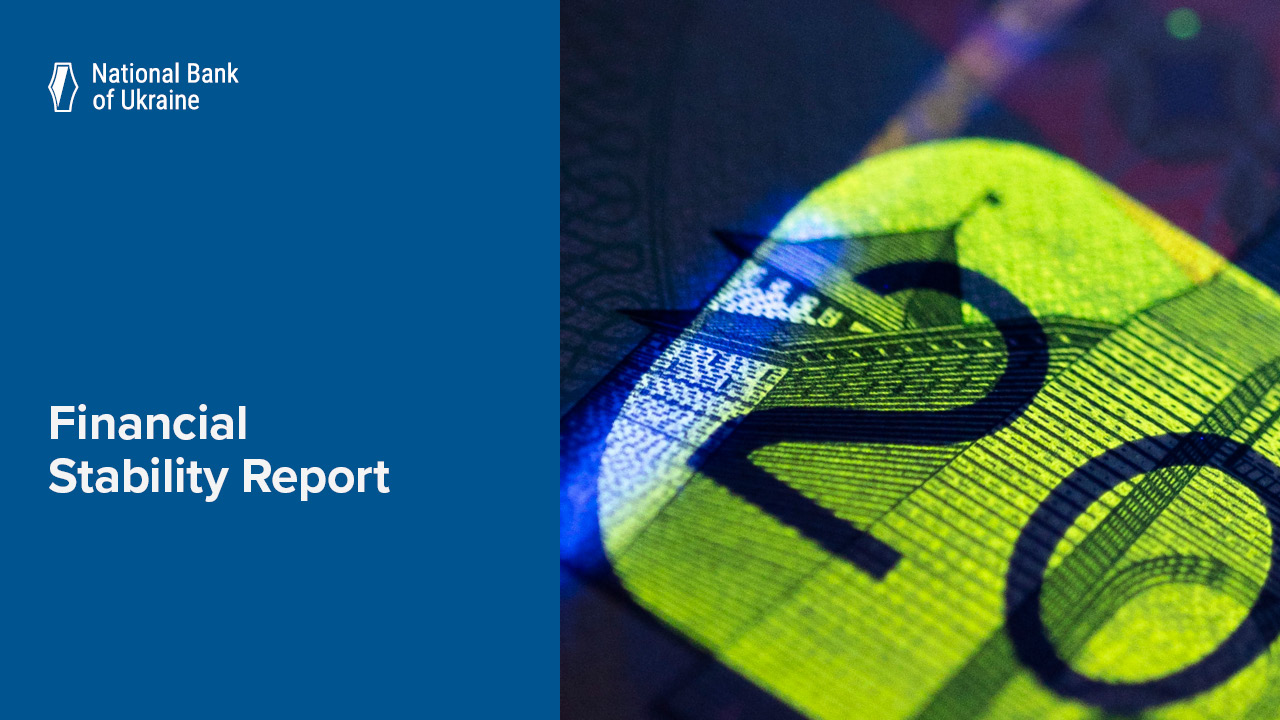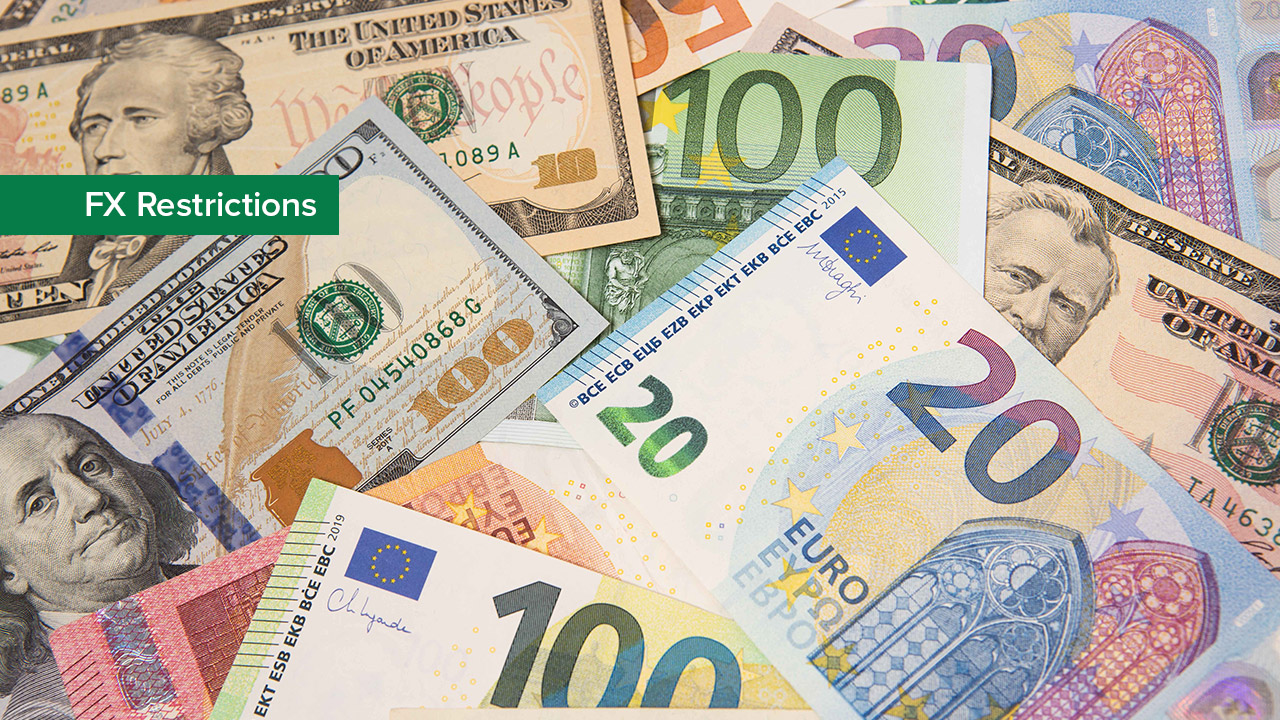Headline inflation continued to slow down for the third consecutive month, reaching 13.1% yoy in April 2018 (compared to 13.2% in March). Inflation dropped from 1.1% mom in March to 0.8% mom in April, according to data from the State Statistics Service of Ukraine.
Inflation in April came in slightly higher than projected in the April 2018 Inflation Report, driven by most volatile CPI components.
As in previous months, a further increase in production costs, including labor costs, and a rapid recovery in consumer demand kept inflation high. In addition, the prices of some imported non-foods reflected the weakening of the hryvnia exchange rate seen in late 2017 and early 2018, as these goods (e.g. spring and summer clothes and footwear) are purchased by retailers in advance. The high inflation expectations of some economic agents also contributed to the strong inflation pressure.
At the same time, the NBU’s tight monetary policy continued to restrain price growth. So far, the effect of the tighter monetary policy has mainly been transmitted through the exchange rate channel, prompting the hryvnia to strengthen since late January 2018. This in turn affected the prices of imported goods that have shorter shelf lives.
- Core inflation, at 9.4% yoy, was steady in April and in line with the NBU’s projections.
The growth in the non-food prices, in particular for clothes and footwear, pharmaceutical and medical goods, furniture, personal care products, etc., accelerated to 4.2%, driven by the significant weakening of the hryvnia seen in late 2017 and early 2018 and the rebound in consumer demand.
In the meantime, the strengthening of the hryvnia seen since late January had a downward effect on the prices of goods with shorter shelf lives. Indeed, the growth in the prices for highly processed foods slowed slightly, to 11.7%. Another factor was a moderation in the raw food price growth, driven mainly by higher imports. More specifically, the growth in prices for meat and dairy products slowed somewhat.
The growth in prices for services that are included in core inflation slowed, to 14.5%, among other things, owing to the strengthening of the hryvnia. In particular, prices for personal care services, as well as cinema and medical services rose at a slower pace. The growth in dwelling maintenance fees also decelerated. Meanwhile, growth in prices for other services (catering services, mobile provider tariffs, and taxi services) accelerated due to continuing upward pressure from consumer demand, as well as production costs - including labor costs.
- Although slowing slightly in April, the growth in raw food prices, at 22.6% yoy, still remained significant, and exceeded the NBU’s forecast.
The accelerating meat prices were primarily responsible for the deviation from the forecast. In particular, pork prices surged, propelled, among other things, by the strong demand amid scarce supply. Egg prices also rose, driven by persistently robust external demand.
In the meantime, the growth in prices for fruits and vegetables slowed down. In particular, the prices of the borsch vegetables decelerated, largely due to a favorable comparison base. Prices for bananas rose at a slower pace as well due to a correction in global banana prices, while the rise in the prices of citrus fruit slowed due to higher imports.
- Administered prices were up by 13.7% yoy in April. Therefore, the rate of growth for these prices was essentially unchanged compared to March, however, still exceeded the NBU forecast. In particular, the growth in tobacco prices decelerated, but rose at a faster pace than expected, due to a decline in the production of tobacco products. In addition, prices for water supply and sewerage, railway and air transportation, as well as bread prices accelerated. Meanwhile, the contribution of postal service prices decreased noticeably due to favorable comparison base effect – postal service prices rose by a total of 67% in March – April 2017.
- The growth in fuel prices slowed markedly, to 16.7% yoy, mainly owing to benign FX market conditions. This significantly reduced the tax burden on fuel prices (since the excise taxes on fuel are set in euros).
The NBU estimates that the deviation of actual inflation from the target was small in April, and it could be offset in the coming months. The current monetary policy stance is tight enough to gradually bring headline inflation down to 8.9% yoy by the end of 2018 and to return it to its target range in mid-2019 as anticipated in the NBU forecast.







